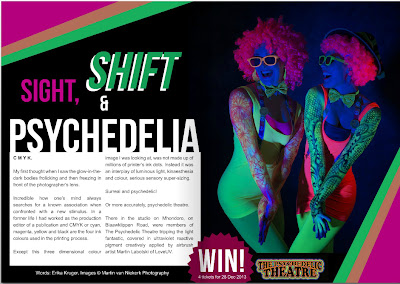 |
An image strategy can make
or break the usability of your web site |
Images can make or break a
web page.
Big companies know this and
small businesses know this! You will seldom come across a web page without
images or graphics.
But often it is
very obvious that not much thought has gone into selecting the images that must
communicate the company’s message. It lacks an overall strategy that integrates
not only design elements (the relationship between text and images) but also
the company’s brand strategy with the design approach.
Typically the small
business owner will provide the text and the designer will put together the
website.
Then at some point during
the process, the topic of image comes up and one of a number of actions might
follow:
- Best case scenario: A
professional photographer is called in to document company products, people and installations
- Second-best case scenario:
The business supplies its own images that might or might not be substandard
quality or outdated or in appropriate and the handiwork of employees on site or
whoever is in charge of marketing.
- Worst case scenario: The
designer opts to purchase stock images to illustrate the website.
- Ultimate worst case
scenario: The designer illegally downloads images of the Internet.
I can already hear you say
that this is all conjecture and that it shows my bias towards employing
professional photographers like us.
And you will be right.
But hear me out, I have
support from good authority.
There are at least three aspects
to take into account in developing an image strategy for a web site:
- the
relationship between the text and the images
- where
the images are placed and
- the
type of images selected
Is your web site a yapper or a looker?
It seems we spend only about 10 to 20 seconds
perusing a site before we click on the next one. Not much of a window of
opportunity to capture a viewer’s attention.
Clearly large chunks of text
will not improve retention rates. Ask yourself, how many words are we able to
read and absorb in 10 to 20 seconds?
And
more importantly, how many words are we willing to read to find out what a web
page is all about?
Well, simply not enough to convert the browser into
a buyer as effectively as good images. A picture tells a thousand words, the
saying goes.
Location, location, location
In fact, according to Jakob Nielsen, an expert on web page usability and
partner in the Nielsen Norman Group of California, we don’t
read web sites at all. We scan them and in ways very different from how we were
taught to read at school.
Studies by
the Nielsen Norman Group on how
our eyes move across the screen when viewing web pages, indicate that we
generally do this in an F-shaped pattern - two horizontal stripes followed by a vertical stripe.
Therefore:
- the
most important information must be contained in the first and second paragraphs
(the two horizontal stripes of the F) and
- the
vertical stripe on the left has to be used for subheads and bullet points with
information-carrying words.
Keeping this in mind it is clear that the placement of images also cannot
happen randomly but should contribute to the overall usability of a website.
An image of substance
Also not all images are equal says the Nielsen Norman Group. Users seem to pay close
attention to images that ‘contain relevant information but ignore fluffy
pictures used to "jazz up" Web pages.’
Their studies have shown
that purely decorative images are by and large ignored while images of products
and real people (rather than stock photos and models) are considered important and
people spend time examining them.
And the photographer makes three ...
Relating these findings to the
four scenarios I discussed earlier, want to add another option.
Rather than treating the
images on your web site as an incidental element, a purely decorative feature or
as a design afterthought, include a professional photographer in the
conceptualising and planning from the start.
Give us a call and let us
help you develop an image strategy that will make your web site and which will put
the brakes on viewers hurriedly clicking through.
Ps: 1 November 2013
This what Internet tool company, VIGO has to say on the topic in an articel, The Death of the Homepage:
Up the visuals
It’s no secret that our attention spans have
waned. We’ve grown to love colorful (sic) visuals and catchy excerpts of words, so
long as they remain short. When branding a homepage, it’s important to
avoid using long, drawn out descriptions and to make sure the homepage visually
represents the brand we want our company, product or service to convey. The homepage and internal pages should combine
professionalism with beauty, which means using little content to say a lot and
creating a layout that’s intuitive and easy on the eyes.




















































